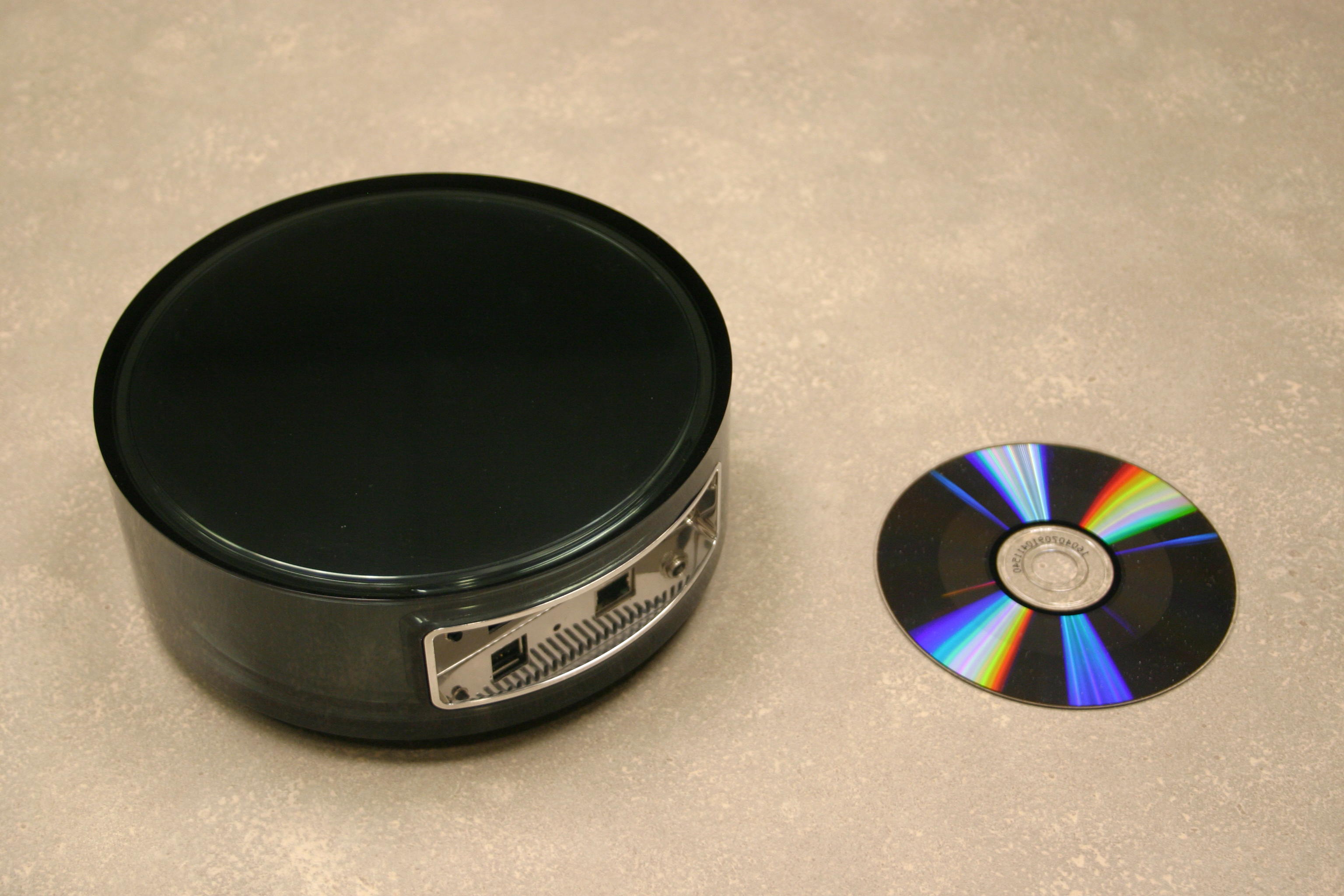How Microsoft (mostly) managed to keep Home Server a secret

One of the most surprising features of Windows Home Server, the product formerly codenamed "Quattro" (and later, "Q") is how Microsoft managed to keep it a secret until it was officially unveiled in early January.
Sure, there were a few hints and a minor leak or two before Microsoft officials took the wraps off a handful of Home Server concept prototypes at the Consumer Electronics Show in Las Vegas. But given the fact that Microsoft made the first beta of Windows Home Server available to anyone in the full-time Microsoft pool, starting in November 2005, wouldn't it seem like the Quattro cat would have been out of the bag far earlier?
After all, Microsoft is no Apple, when it comes to keeping products in the pipeline a secret. (Microsoft also hasn't sued bloggers to deter them from posting non-disclosure-agreement info -- at least not to date, knock on wood.)
So how did Microsoft manage to keep Quattro under wraps for so long?
"We showed people we respected them," said Charlie Kindel, general manager of Windows Home Server.
The Home Server team repeatedly, but gently, reminded internal Microsoft testers plus a handful of partners -- about 1,000 Home Server testers, all told -- that sharing Quattro info publicly was a no-no.
"In the fall of 2005, we released the first interal preview. It was open to all Microsoft full-time employees. And we told them we wanted to keep it a secret," Kindel said.
The Home Server team released several subsequent internal prereleases over the past few months and years. (I hear from some of my tipsters that the latest was just a week ago.) A broader beta build is "imminent," Kindel said, though it won't be available to just anyone, as "we need to be careful about our ability to scale."
Beta manager Kevin Beares posted in mid-January that Microsoft will extend the beta by adding some invite-only participants, but make the TechNet forum about the beta completely public.
One Home Server tester, who requested anonymity, said he believed Quattro remained under wraps because "Microsoft did an invite-only beta and kept it close to the vest by using only the most trusted (testers)."
(Update: Rick Hallihan of onemanshouting.com blog fame -- who posted back in January 2005 some of the features he'd like to see in a home server from Windows -- has more from Kindel on how Microsoft managed to keep Quattro a secret for so long.)
Kindel declined to say whether Chairman Bill Gates or CEO Steve Ballmer were part of the beta, but did note that "all of the Microsoft executives you can imagine definitely expressed interest in being part of (the Home Server) beta."
Michael Cherry, an analyst with Directions on Microsoft, had a couple of other theories as to why the Home Server team may have been successful in keeping Quattro a surprise.
"One possible explanation is that it (Windows Home Server) is a small team, and they wanted a chance to work on this without a lot of distraction and without setting expectations that later would be hard to fulfill," said Cherry. "Not a bad way to go when working with a product that based on the title yields great debate over just what it does (and doesn't do). And they no doubt were watching what was happening to other teams who had gone public too soon."
Or, Cherry, a former Softie himself, suggested that "a second possible explanation may be that the team was quiet internally to keep other teams from saying the product belonged in their area, or had to make use of some technology (pay the Microsoft tax). They may just have wanted to head off another team making a 'land-grab' or just going ahead and duplicating the effort by releasing their own implementation to gain control over the product."
Kindel shared a few other tidbits with me during a recent interview, including the back-story on how Quattro got its codename. Stay tuned.